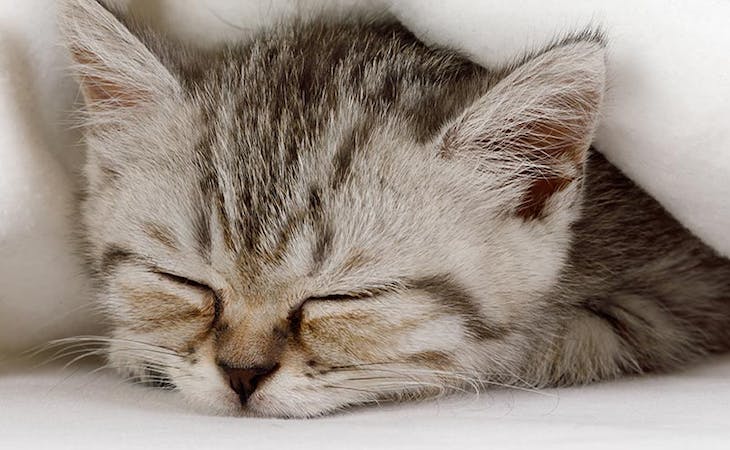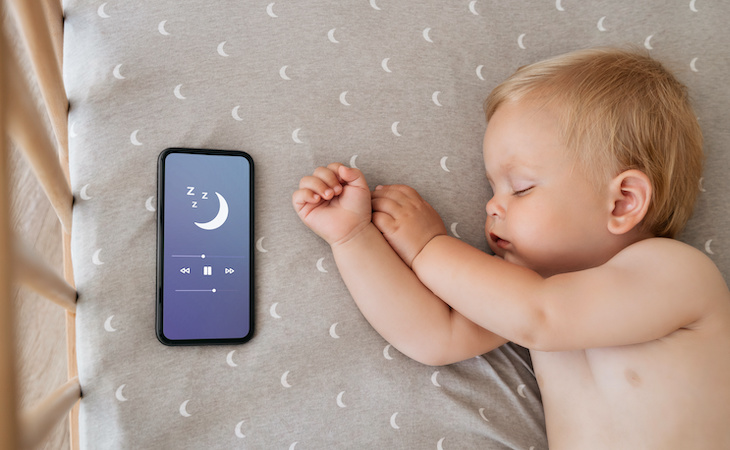When we think of a life of leisure our mind might jump to tropical islands, carefree mornings, or even an endless supply of good books — and the time to read them! But the ultimate life of leisure might be right under our nose in the form of the cute feline doing what it does best- snoozing.
Why do cats snooze so much?
Never one to be accused of an overly active lifestyle, most cats sleep an average of 15+ hours per day. But this sleep is somewhat different than our own. In fact, about three-quarters of their sleep might better be described as snoozing.
This semi-alert slumber has its roots far from the safety of your window sill and all the way back to the pre-domestication days. Cats, like most animals in the wild, needed to be continuously vigilant about predators. To help stay both rested and alert throughout the day, our four-legged friends developed an ability to stay in this light-sleep state for hours at a time.
You can tell when a cat is snoozing because their ears will twitch and rotate toward noises and their eyes may be slightly open. Moreover, a cat can attain this kind of sleep when they’re sitting up, and their sense of smell and hearing can remain active during most of their sleep.
Related: 5 tips for choosing the best pet bed
History of sleepy felines
Even if the majority of their time is spent snoozing, cats still sleep a lot. Again, we look back to history for a better understanding. Cats are sprinters. While this mostly comes out in the swift jives around the living room, back in the day it was in pursuit of prey.
Cats evolved to hunt with bursts of energy, and that would hopefully pay-off in a high-protein meal. Whether you like to admit it or not, your cute little kitten is closely related to the fast cheetahs or fierce lions you see on the Discovery channel.
Hunting required a high expenditure of energy and one the best way to restore energy is… sleep! In the wild, a cat’s ability to rest and recover effectively would often make the difference between feast or famine. Nowadays your cat might get their “prey” served on a harmless food dish, but the DNA of a hunter still flows through their body.
Related: Why does my dog sleep like that?
Cats and sleep
Contrary to common belief, cats are crepuscular, meaning that they are biologically programmed to be most wakeful and active in the twilight hours of dusk and dawn. This is why your cat loves to get you up early in the morning.
Cats do experience REM sleep, albeit only about 25 percent of the time. To see if your cat is in dreamland, cue on their eyes. If they’re tightly closed, it’s a good chance they’re dreaming of mice. Their body can also give clues. Sometimes they might cover their face, and if you see their whiskers or paws twitching while they’re asleep, they’re probably in REM sleep.
And while cats can sleep with the best of them, sloths still carry the sleep title, usually notching a restful 19–20 sleep per day. But even so, nothing can beat the happiness of drifting off for a shared cap nap with our favorite cuddle buddies.




